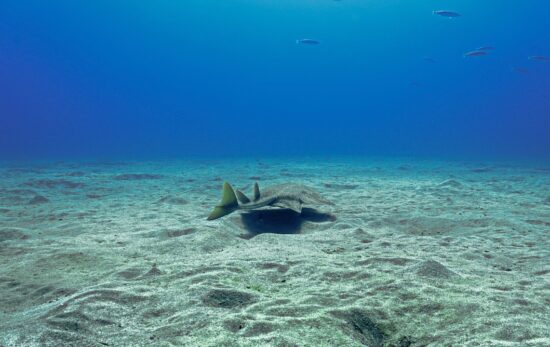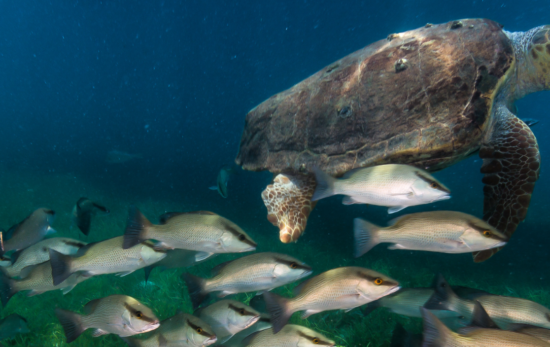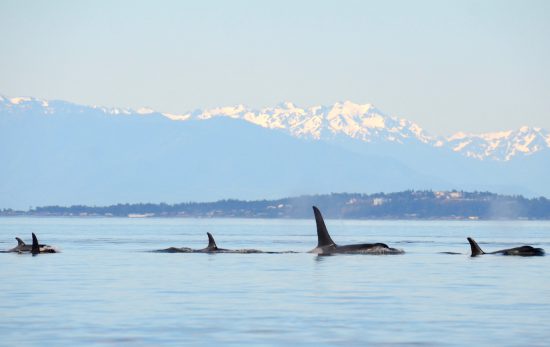On this Mother’s Day, we want to celebrate one of the most dedicated and important marine mamas ‒ the orca.
Sometimes called killer whales, orcas are actually not a whale at all but a large species of dolphin. Their pregnancies can last up to 18 months, and moms give birth to a single calf. Newborn baby orcas depend exclusively on their mothers for milk for one to two years and then for food until they learn how to hunt. Because of the intense parenting of an orca’s baby, orca moms usually only calf every five years.
These cetaceans are also matriarchal ‒ meaning their society is led by women ‒ and matrilineal because all offspring stay with their mothers (and grandmothers) their entire lives. Living 60+ years, they remain in tight-knit family groups and raise their young together. This boosts orca babies’ chances of survival because older females in the family pods help babysit, care for and feed the young.

Orca Culture
Culture is passed down through the older female orcas in the pod. It involves all the complex ways of life that allow these animals to survive and thrive in the harsh oceans and includes everything from what and how orcas eat to how they communicate and even play.
National Geographic explorer and photographer Brian Skerry explained how, for orcas and humans, behavior is “what we do” and culture is “how we do it.” So, eating is a behavior, but whether we use forks or chopsticks is culture.
Skerry spent the last few years following whales and orcas around the world to better understand how they live. He filmed orcas across the globe showing distinct cultural practices that differed pod to pod. Regional pods speak in a local dialect that must be taught to young. Each family group also employs unique and different strategies to stay at the top of their local food chain, Skerry showed.
For example, Patagonian orcas catch sea lions off the beach, but New Zealand’s killer whales sniff out hidden stingrays. Norway’s slap and stun small fish with their tails. Despite having location-specific cultures, all orcas rely on matriarchs to pass down hunting traditions and to train the next generation – this is how each pod preserves its culture and way of life.
“This is the whales teaching their young,” Skerry told EcoWatch. “This is generational, teaching the young how to survive, but also cultural — teaching them what matters to their family.”
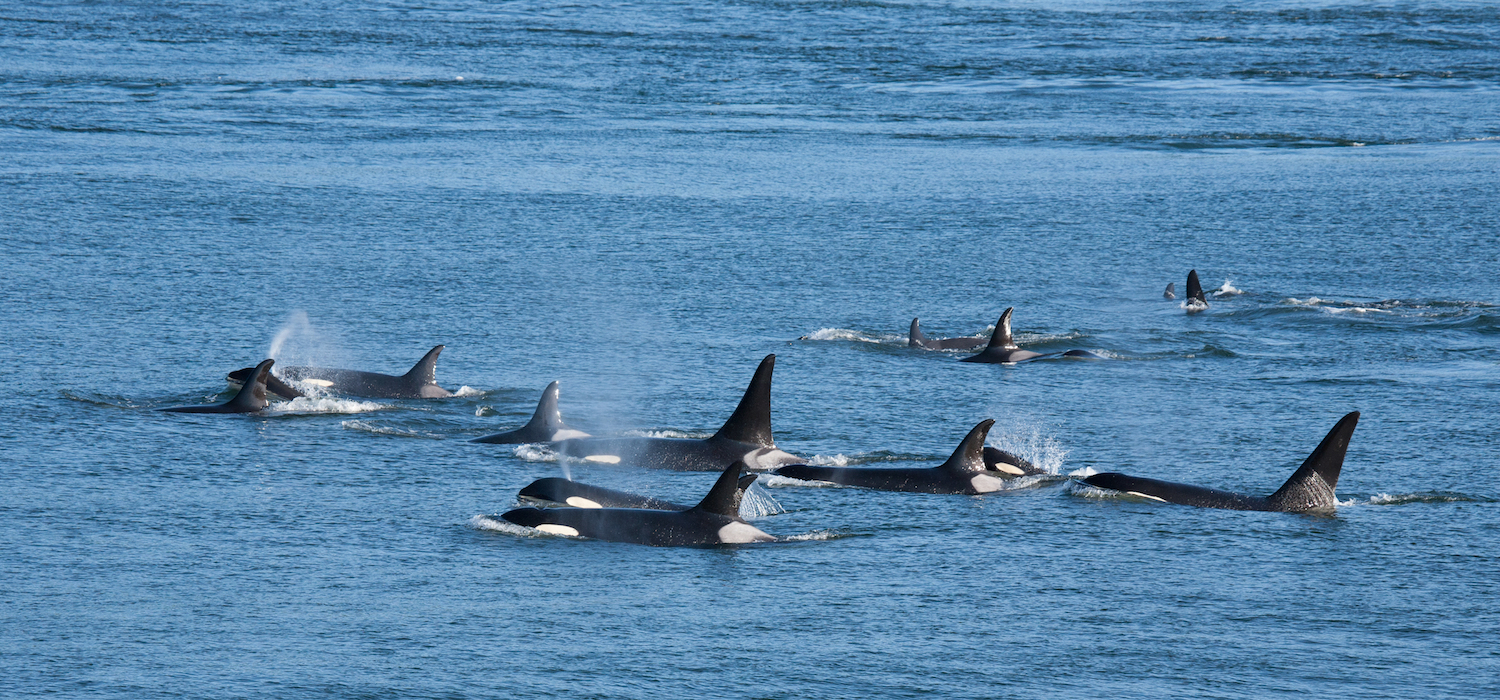
A Mother’s Love
With animals of such high intelligence who live in complex, family-driven societal structures, it’s no wonder that orcas have also been observed exhibiting “human-like” behaviors.
J35 (Tahlequah), a Southern resident killer whale (SRKW), stunned the world in 2018 by carrying her dead calf for 17 days and over 1,000 miles. Experts say she was mourning her offspring and exhibiting levels of grief never before seen in an animal. Her tragedy became a call to action for the endangered SRKW population, and the world rejoiced when J35 became a mother again in Sept. 2020.
While not the only mothers in the sea worth celebrating, orca moms (and grandmothers) and certainly have captured our hearts. Happy Mother’s Day, to all the moms out there ‒ human and orca!
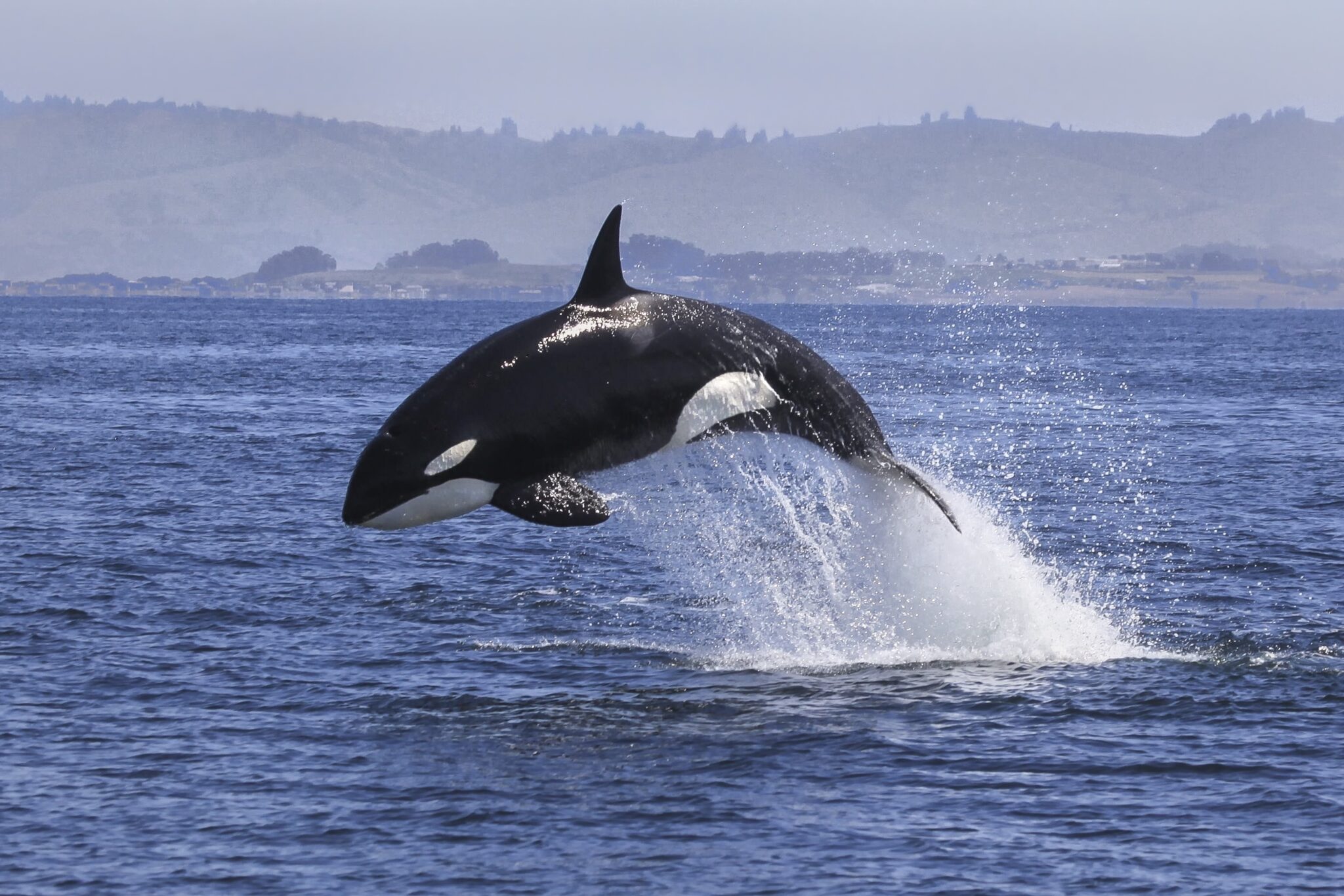
Dive With Orcas
Wonder what it’s like to observe these majestic moms teaching their young?
- Check out first-hand accounts of encounters with arctic Orcas and other Northern Tales with PADI AmbassaDiver Birgitta Mueck.
- Enjoy how other filmmakers have documented these arctic giants in Norway.
- Time your trip or expedition to meet these giants on their annual migrations. Whale and orca diving is a rush but does take some careful planning.
- Finally, decide where you’d like to try spotting your first orca. Then, contact a local PADI Dive Shop or Resort to book your next trip!
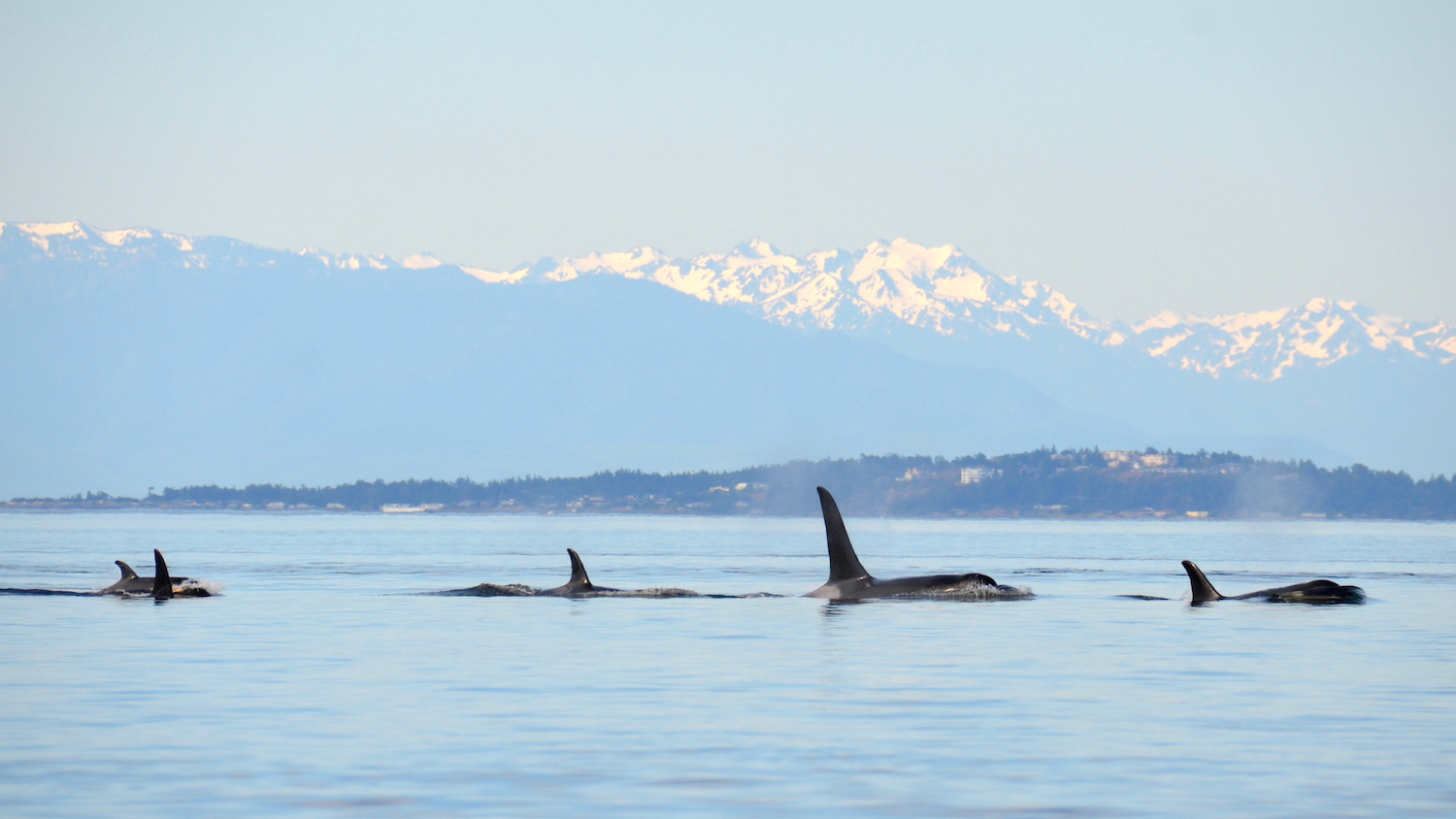
Become a Scuba Diver
As a certified scuba diver, you can get in the water with some of the ocean’s fastest, coolest and biggest marine life. Click below to find out more about learning to dive and how to sign up for the PADI Open Water Diver course online. Plus, with PADI eLearning®, you can even get started right away!

